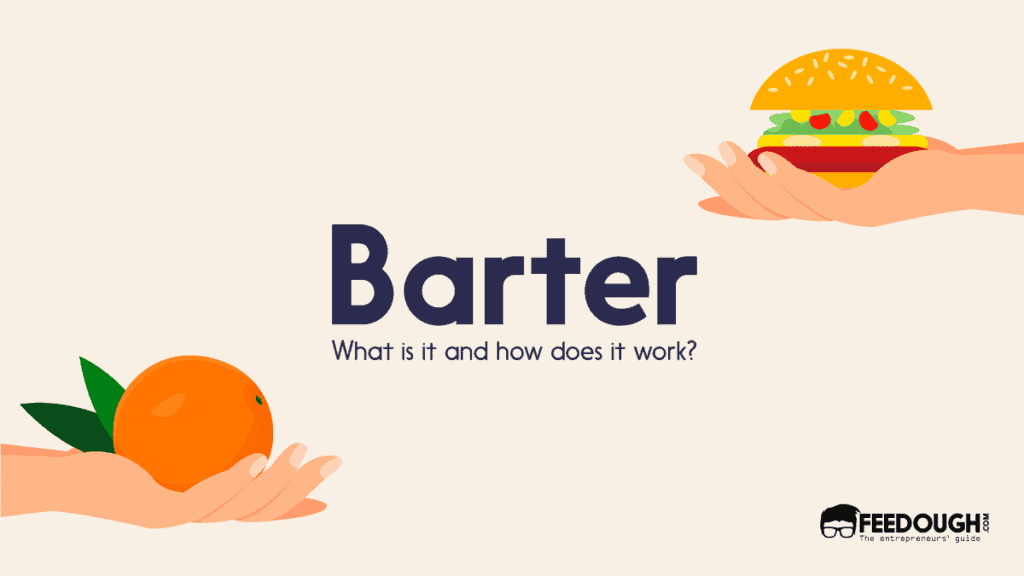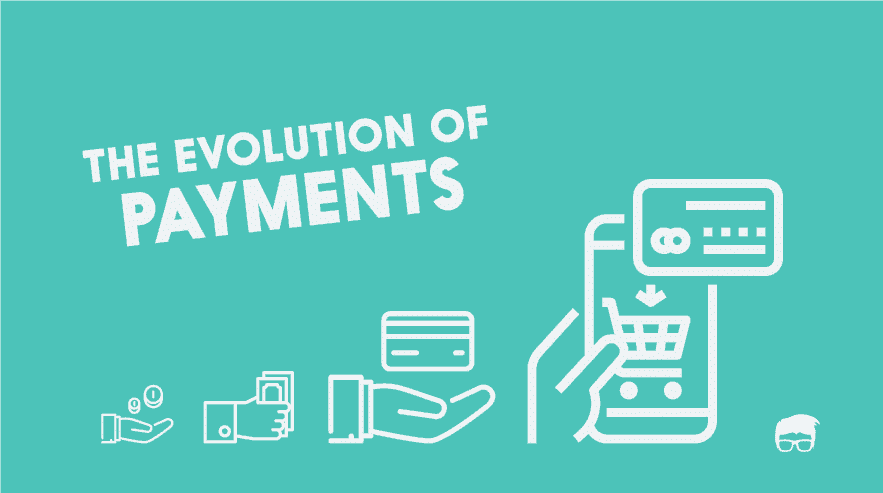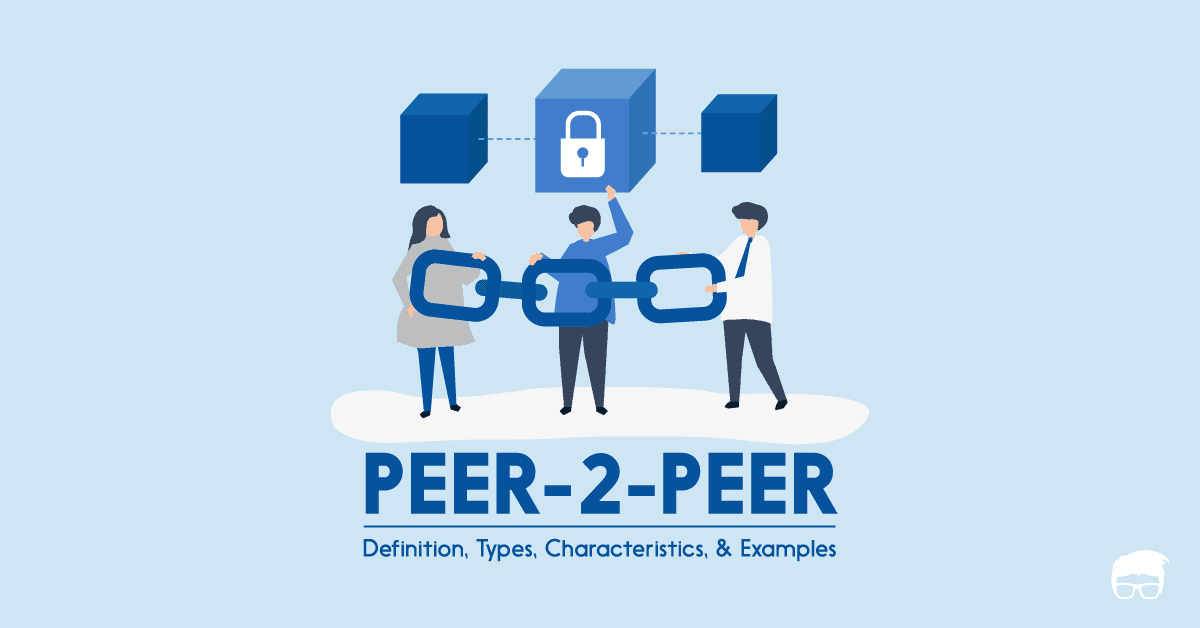The present monetary system is complex. Backed by fiat currencies, the system involves many parties – buyer, seller, banks, and even government, just to carry out one single transaction.
However, this was not always the case.
Today’s era of digital currencies is a product of centuries of a developing monetary system that finds its roots in a little known concept of barter.
Barter was easy, involved just two parties (usually), but was highly inefficient.
But what exactly is barter and how it works? How is it different from money trade?
Let’s find out.
What is Barter?
Barter is an act of exchange involving goods or services without the use of money or any other monetary medium.
In simple terms, it involves a direct trade of commodities without the use of money, where the exchange is reciprocal and the trade is negotiated in a way where each party gets what it desires for, in an even amount to what it offers in exchange.
When an entire economy utilizes a similar way to transact, it establishes a complex whole system of exchange, known as the barter system.
To understand the barter definition better, take this example. Mr. A owns a poultry farm and deals in eggs. Mr. B is a farmer who deals in wheat. Now, in a barter system, Mr. A can get a kilogram of wheat flour from Mr. B in exchange for some eggs of similar worth.
How Barter Works?
Bartering is the oldest and one of the simplest forms of commerce.
The way a barter works is pretty straightforward. The participating parties negotiate and exchange one valuable product for another.
Generally, barter occurs between two parties (bilateral barter) but can involve three (triangular barter) or more than three parties (multilateral barter).
Bartering involves double coincidence of needs and mutual valuation of the same. For example, a shepherd can trade his wool to a farmer in exchange for some wheat. However, the quantity or volume of the same requires both the parties to negotiate and come to a conclusion. This negotiation depends on needs and wants of the parties and the timing of the trade. In winters, the shepherd may have an upper hand in the negotiation while in summers, he might have to settle for less.
Some people confuse barter system with the gifting economy. However, barter system involves bilateral or multilateral trade and immediate reciprocal exchange, different from the gifting economy where the exchange could even be unilateral and be delayed in time.
Characteristics Of Barter
The construct is rather modest and has the following characteristics:
- Immediate reciprocal exchange: Bartering involves immediate exchange of goods, where the exchange is reciprocal. This means that the trade is negotiated in a way where each party gets what it desires for in an even amount to what it offers in exchange.
- Double coincidence of wants: It requires both the parties to want what the other party has to offer. If any party is not interested in the other party’s offerings, the trade doesn’t take place.
- Eliminates the use for money: Barter is direct trade. It involves immediate swapping of goods and chattels with no medium of exchange involved.
- Limited circle of trade: People do not want goods of compromised quality. Therefore, bartering occurs within a circle of trusted people. This acts as a restraint to the free flow of trade across communities and geographical locations.
- No focus on economic growth: A barter economy is focused on fulfilling the essential needs of humans, not on economic growth. As a consequence, the pace of modernization stagnates.
Advantages And Disadvantages Of Barter
Like other monetary systems, barter comes with its own set of advantages and disadvantages. These are:
Advantages
The advantages of the barter system include:
Simplicity
As efficient as the present monetary system is, the intricate complexities inherent can’t be denied. On the contrary, the barter system is stripped of all menace. It involves a direct give and take of the commodities.
No Real Concentration Of Power
There is a limit beyond which commodities can’t be stored and hence the extreme concentration of wealth is a bleak possibility.
No Overexploitation Of Natural Resources
In a barter ecosystem, people tend to be a jack of all trades. People on their own try to produce or manufacture goods of utility. The quantum of production is enough, not plentiful. Thus, degradation and greedy exploitation of natural resources remain relatively contained.
Disadvantages
There exist five major disadvantages to bartering. These include:
Double Coincidence of wants
Under the barter system, a double coincidence of wants is an essential prerequisite for an exchange to occur. Double coincidence refers to the mapping of people’s wants 1:1.
For example, A person wants cloth and is willing to trade his wheat for it. Now he must find someone who not only desires wheat but also has cloth to trade for it. It is impossible for someone to come across such a person each time a need arises. Oftentimes, many intermediary transactions have to be undertaken to eventually be able to attain the commodity desired in the first place.
Lack Of Common Measure Of Value
Even if people with congruent needs meet each other, another dilemma is around the proportion in which one good should be exchanged for another. There is a void when it comes to a common measure of value. The problem is fixed in a manner lacking much thought to it.
An exact value cannot be assigned to the good in a barter system. The rates of exchange for it will be as many as the number of types and qualities of goods that it can be traded for.
Difficulty In Deferring Payments
Deferred payments are debt obligations to be repaid in the future. However, in a barter economy, the promise of a future repayment can lead to conflicts of many kinds. These conflicts as explained by an economist, Chandler may include:
- Disputes over the quality of goods or services to be repaid in.
- Controversy over changes in the value of the commodity over a period of time.
- Inability to agree upon the nature of goods to be used in fulfilling the obligation.
Indivisibility of Goods
An inability to peg an exchange rate to goods of indivisible nature happens to be an important limitation of barter trade.
Suppose, the agreed-upon value of one ox is two sheep. Now, if a person wants 1 sheep, then he must give up half of an ox to be able to procure one sheep. This is impossible. The only route out of it is if the person agrees to barter the whole of an ox for a single sheep. This leads to losses for the party sacrificing an ox. This problem is done away with now. The present monetary ecosystem assigns a value to all goods in terms of a currency with so many denominations.
No Storage Of Value
In a barter ecosystem, goods and commodities exchanged are the precious store of wealth but are they the most efficient at it? Most certainly not. This is because of the following reasons:
- Commodities especially food items are perishable in nature.
- The quality of goods can deteriorate due to proliferation or other environmental factors if stored for long durations.
- Commodities are a store of value but storing themselves requires space that involves incurring expenses.
Barter vs. Money trade
Barter Trade | Money Trade |
|---|---|
It involves a direct give and take of goods. | It includes currency in the form of paper notes, coins, or digital tokens as a mode of transaction. |
It doesn’t have a scientific measure of value. | It has a well-established means to arrive at a definite value of all goods. |
Double coincidence of wants is a prerequisite. | Double coincidence of wants as a concept itself doesn’t exist under this system. |
The transaction is always immediate. | The transaction can occur both- Instantaneously and on a deferred basis. |
Go On, Tell Us What You Think!
Did we miss something? Come on! Tell us what you think about our article in the comments section.
A startup consultant, digital marketer, traveller, and philomath. Aashish has worked with over 20 startups and successfully helped them ideate, raise money, and succeed. When not working, he can be found hiking, camping, and stargazing.







![What Is A Cryptoasset? Types Of Cryptoassets [Ultimate Guide] cryptoassets](https://www.feedough.com/wp-content/uploads/2018/03/cryptoassets-02.webp)

